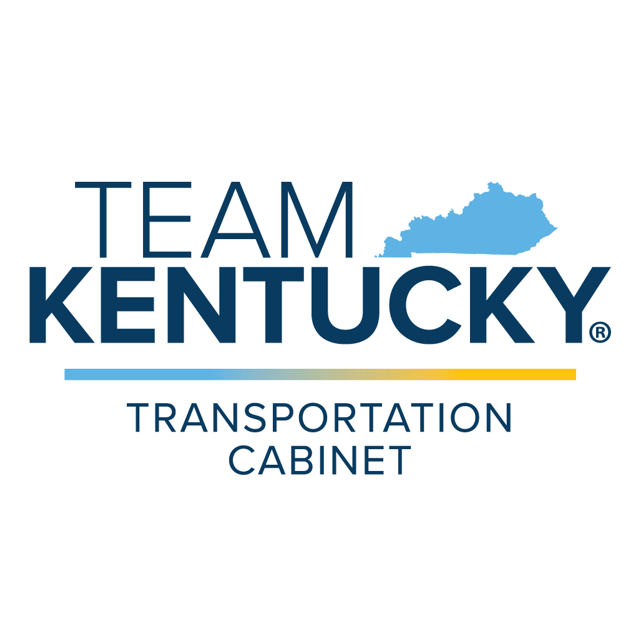Preferred alternative expected this fall
The I-69 Ohio River Crossing (I-69 ORX) Project Team is conducting additional survey and field work as the Indiana Department of Transportation (INDOT) and the Kentucky Transportation Cabinet (KYTC) move closer to identifying a preferred alternative and publishing the Draft Environmental Impact Statement (DEIS) this fall.
Letters were recently mailed to more than 700 property owners on both sides of the river alerting them to possible survey and investigation activities on their property. The people receiving letters are property owners who could be affected by one of the project alternatives. Crews started field activities late last week. The activities include visually inspecting the property, taking measurements and taking soil samples. Team members are not entering homes or other structures on the property.
In addition to the survey work, the Project Team is continuing its field work and engineering analyses. Recent field work has included bat surveys and wetland delineation. Mussel surveys will be conducted in the near future when conditions for the Ohio River and water levels are favorable. The surveys are an important part of the environmental process.
Wildlife biologists recently visited a number of bridges and overpasses in the project area, looking for any signs of bats. Bats can use bridges for day and night roosts, and it’s important to document their locations. The information is shared with the Project Team, which helps the team make informed decisions and consider mitigation, if necessary. Click here to see a video about the bat investigations
Teams are also in the midst of wetland delineation, mapping the boundaries of wetlands in the project area. Wetlands are regulated under the Clean Water Act and it’s important to determine where wetlands begin and end. The team looks at hydrology, soil and plants in the area to make the determination. The Project Team will use the information gathered to determine how the I-69 Ohio River Crossing fits best within the community. Click here to see a video about wetland delineation
Draft Environmental Impact Statement (DEIS)
The I-69 ORX Project Team started its work in earnest in early 2017, and remains on schedule to identify a preferred alternative this fall in the DEIS. The DEIS is a comprehensive document that will include many appendices with maps, technical reports and supporting documentation.
The DEIS will summarize the study process, analysis and findings. It will include a thorough description of the three alternatives and a no build alternative. It will also include the basis for the selection of the preferred alternative and mitigation measures proposed to address unavoidable impacts associated with the preferred alternative.
Tolling
Each alternative is expected to require a combination of toll-backed financing, traditional funds and grant opportunities to move to construction. The DEIS will include a recommendation on what structures should be tolled. However, final toll policy will not be determined in the DEIS, the Final Environmental Impact Statement (FEIS) or Record of Decision (ROD).
A bi-state body will be created to establish toll policy before the project moves to construction. Toll policy will include what structures are tolled and toll rates.
DEIS Publication
The DEIS is expected to be published this fall and will be posted on the project website and available for review at several locations on both sides of the river including the ORX project offices, INDOT and KYTC district offices, local libraries and other sites.
A comment period of at least 45 days will follow publication of the DEIS, and public hearings will be held on both sides of the river. The hearings will likely be held 2 to 3 weeks after the DEIS is published and will include a formal comment period (unlike earlier open houses).
Attendees will sign up to speak at the hearing and all comments will be recorded. Comments can also be submitted in writing by email or letter. All comments received at the public hearings and during the comment period will be documented and considered by the Project Team before the FEIS and ROD in late 2019.
The ROD allows the states, with the help of available federal funds, to move forward with design, land purchases and construction.

